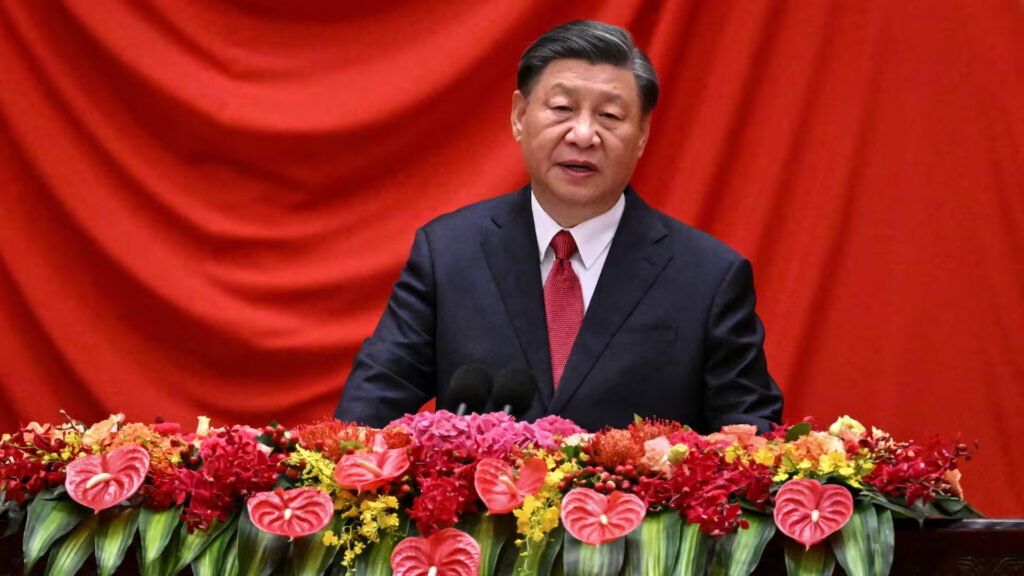The Philippines has delivered a significant blow to China’s ambitious Belt and Road Initiative (BRI) by opting to exit the trillion-dollar infrastructure project of President Xi Jinping.
The announcement followed a recent collision between a Philippines boat and a Chinese coastguard vessel in the South China Sea. Furthermore, China’s military alleged that a Philippines military ship entered waters near Scarborough Shoal without permission.
The Philippines’ decision comes on the heels of the grand Belt and Road Initiative Summit in Beijing where President Xi welcomed leaders and delegates from over 140 nations to commemorate the project’s decade-long journey.
The Philippines’ Department of Transportation has announced the “full termination” of several major infrastructure projects previously partnered with China.
Instead, the Philippines is turning to Japanese and other Western counterparts, signalling the uphill battle that many of China’s key investment initiatives face in the country due to a mix of economic and political factors.
This decision also accentuates the ongoing friction between the Philippines and China regarding their territorial disputes in the South China Sea.
“Manila has to contend with serious public anger against China’s claims over and capture of Philippines territory in the South China Sea. Its run-ins against Filipino vessels in these waters indicate a complete lack of respect for international law as well as of Filipino interests,” Dr Jabin Jacob, Associate Professor, Department of International Relations and Governance Studies, School of Humanities and Social Sciences, Shiv Nadar Institution of Eminence, told WION.
“China is unambiguously playing the bully, attempting to coerce the Philippines into accepting Chinese power in the South China Sea. Under the circumstances, Manila, took a clear and decisive step of its own – one that is calculated to show up China’s foreign policy in general and its pet project of the BRI, in particular,” notes Dr Jacob.
Jaime Batista, the Philippine Transportation Secretary, announced the dropping of $4 billion in Chinese infrastructure projects, which involved two railway projects in Luzon and Mindanao.
“We have three projects that won’t be funded by the Chinese government anymore. We can’t wait forever, and it seems like China isn’t that interested anymore,” Batista said during a forum organised by European investors in Manila.
Based on the latest data from the China Global Investment Tracker, China’s participation in the BRI has seen investments well below its decade-long average of $94 billion since the beginning of 2020.
Is China’s BRI model exploitative?
A mere few weeks ago, Italy, the singular G7 member engaged in the BRI, declared its plan to discontinue its participation by the end of the year, citing unmet project expectations.
“Apart from a bilateral cost-benefit analysis – BRI projects often promise a great deal more than they actually deliver,” says Dr Jacob.
According to a report by Bloomberg, the overall activity within the BRI has decreased significantly by 40 per cent from its peak in 2018, primarily due to economic troubles in China and the debt issues affecting participating nations.
A substantial number of those receiving financial support from China are also grappling with considerable debt burdens. One of the most prominent instances of this debt entanglement is Sri Lanka, which finds itself ensnared in a relentless cycle of Chinese coercion.
“Countries like Italy and the Philippines are also reconsidering their association with Chinese projects from a wider geopolitical lens. Italy, for example, cannot ignore the wider European concerns about China’s mercantilism, its interference and influence operations in the domestic politics of other countries and about Chinese technology,” Dr Jacob adds.
Source : WIONews

